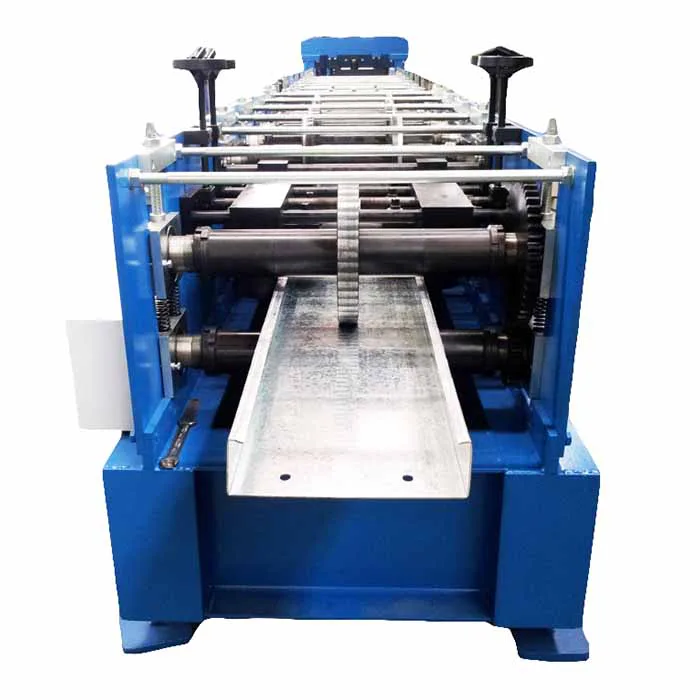
Innovations in Laser Cutting Technology and Their Impact on Thin Metal Processing
- By:Metmac
- 2024-09-10
- 154
Laser cutting technology has revolutionized the metal processing industry, particularly in the domain of thin metal fabrication. Advancements in laser systems, cutting techniques, and automation have dramatically enhanced the efficiency, precision, and versatility of laser cutting processes, leading to significant improvements in product quality, cost-effectiveness, and production speed.
Enhanced Precision and Accuracy
Laser cutting utilizes a focused laser beam to melt or vaporize metal, allowing for extremely precise and intricate cuts. Advanced laser systems employ sophisticated control mechanisms and beam shaping techniques to ensure unparalleled accuracy and edge quality. This precision enables the production of complex parts with tight tolerances, intricate geometries, and smooth finishes, reducing the need for post-processing and enhancing the overall quality of the finished product.
Increased Cutting Speed and Efficiency
Optimizations in laser cutting technology have resulted in significant increases in cutting speeds. High-power lasers and optimized cutting parameters minimize the time required to cut through thin metal, resulting in faster production rates. Moreover, automation and process optimization techniques, such as nesting algorithms and automated material handling, further enhance efficiency by reducing setup times, minimizing material waste, and streamlining the overall workflow.
Expanded Material Compatibility
Laser cutting is now compatible with a wide range of thin metal materials, including steel, aluminum, stainless steel, titanium, and various alloys. Advancements in laser sources and cutting techniques have enabled the precise processing of these materials, catering to the diverse needs of various industries. The expanded material compatibility opens up new possibilities for product design and innovation, allowing manufacturers to explore different combinations of metals and optimize their designs.
Reduced Heat-Affected Zone
Laser cutting generates a narrow heat-affected zone (HAZ) due to its concentrated energy delivery. Advanced laser cutting systems minimize the amount of heat transferred to the surrounding material, resulting in reduced thermal distortion and improved material integrity. This reduced HAZ preserves the mechanical properties of the workpiece, reducing the risk of warping, cracking, or post-cut annealing, which is crucial for maintaining the structural integrity of thin metal components.
Automation and Integration
Laser cutting technology has embraced automation and integration to enhance productivity and reduce operator dependence. Advanced systems feature automated loading and unloading mechanisms, integrated optical sensors for real-time monitoring and quality control, and seamless integration with other manufacturing processes. This automation streamlines production lines, improves process consistency, and enables unattended operation, leading to significant labor cost savings and increased production capacity.
Advancements in laser cutting technology have had a transformative impact on thin metal processing. From enhanced precision and accuracy to increased speed and efficiency, expanded material compatibility, reduced heat-affected zone, and automation capabilities, these innovations have revolutionized the industry. By leveraging these technological advancements, manufacturers can optimize their production processes, enhance product quality, reduce lead times, and maintain a competitive edge in an increasingly demanding market.
-
Metal Sheet Forming Machine: The Engine of Modern Fabrication and the METMAC Standard
2025/12/30 -
Laser Cutting Machine for Steel Plate: Precision Redefined for Modern Fabrication
2025/12/30 -
Metal Curving Machine: Shaping Strength with Precision and the Art of METMAC Engineering
2025/12/30 -
Shear Metal Cutting Machine: Precision, Power, and the METMAC Standard
2025/12/30
-
Advanced Sheet Metal Rolling, Laser Cutting, and Folding Machines for Precision Fabrication
2025/10/31 -
High-Performance Sheet Metal Bending and Cutting Machines for Modern Fabrication
2025/10/31 -
High-Quality Sheet Metal Equipment for Sale: Efficient Solutions for Modern Manufacturing
2025/10/31 -
High-Performance Sheet Metal Equipment for Sale: Forming and Shearing Solutions for Modern Fabrication
2025/10/22
-
Understanding the Role and Function of Steel Strip Slitting Machines
2024/05/11 -
Maintenance Tips for Longevity of HVAC Duct Machines
2024/05/11 -
Innovations in Steel Strip Slitting Machine Design and Technology
2024/05/11 -
Improving Accuracy in Metal Fabrication with Laser Metal Shear Machines
2024/05/11
-
A Guide to the Latest Innovations in Sheet Metal Folding Machines
2024/11/29 -
Key Features to Consider When Investing in a Sheet Metal Folding Machine
2024/11/28 -
Enhancing Precision with Advanced Sheet Metal Folding Machines
2024/11/27 -
How to Choose the Right Sheet Metal Folding Machine for Your Workshop
2024/11/26







